In a move to balance tourism with conservation, Parks Canada has announced a new reservation system for some of Banff National Park’s most iconic lakes. The decision comes after years of overcrowding and environmental strain at destinations like Moraine Lake and Lake Louise, where Instagram fame has transformed serene alpine vistas into bustling hotspots. The changes, set to take effect next season, aim to protect fragile ecosystems while ensuring visitors can still enjoy these natural wonders—just with a bit more planning.
The reservation system will apply during peak months, typically from June to September, when turquoise waters and wildflower-strewn trails draw millions. "We’ve reached a tipping point," says a Parks Canada spokesperson. "Without intervention, the sheer volume of foot traffic risks irreversible damage to sensitive habitats." The policy mirrors strategies adopted by other overtouristed parks worldwide, from Zion’s shuttle system to Iceland’s timed entry slots for volcanic sites.
Details remain fluid, but early reports suggest slots will be released in batches—some available months in advance, others held back for last-minute planners. Overnight hikers and commercial tour operators may face separate allocation processes. Critics argue the system favors tech-savvy travelers and could exclude spontaneous visitors, while locals worry about ripple effects on lesser-known trails now facing potential overflow crowds.
Environmental scientists largely applaud the measure. Research shows trampled shorelines and illegal drone use have disrupted wildlife corridors, particularly for species like the threatened whitebark pine. "These lakes aren’t just photo backdrops—they’re living systems," notes a University of Alberta ecologist. Water quality monitoring has also revealed rising microplastic levels near picnic areas, likely from synthetic clothing fibers shed by swimmers.
The logistics pose challenges. Unlike park-wide vehicle permits, lake-specific reservations require granular enforcement. Rangers may conduct spot checks for QR codes at trailheads, with fines for non-compliance. Some infrastructure upgrades are already visible: expanded shuttle fleets, new composting toilets, and educational signage in multiple languages. Parks Canada promises an accessibility review to accommodate visitors with disabilities.
Local businesses brace for impact. Canoe rentals, guiding services, and lakeside teahouses that thrived on walk-in traffic must now adapt. "We’ll lose some impulse bookings," admits a veteran outfitter, "but maybe gain visitors who truly value the experience." Nearby towns like Canmore anticipate longer stays as tourists fill non-peak days exploring alternatives—think Johnston Canyon’s waterfalls or the quieter shores of Herbert Lake.
Social media’s role in the overcrowding crisis remains contentious. Geotagging debates resurface, with some influencers pledging to promote "secret spots" responsibly. Meanwhile, Parks Canada’s own Instagram faces irony—its stunning posts now carry captions about visitation limits. The department plans collaborative campaigns with photographers to model sustainable practices, like staying on marked trails.
For international travelers, the changes add another layer to trip planning. Combining lake reservations with existing national park passes and potential wildfire-related closures requires meticulous scheduling. Travel bloggers suggest building flexibility into itineraries and considering shoulder-season visits for autumn larch displays or spring ice melt spectacles.
The bigger picture reveals a global pattern. From Bali to Barcelona, destinations grapple with preserving magic while managing masses. Banff’s experiment could inform policies elsewhere in Canada, like Jasper’s maligned "disappearing waterfall" or Cape Breton’s congested Cabot Trail. As one park warden puts it: "We’re not saying ‘don’t come.’ We’re saying ‘come thoughtfully.’"
With implementation months away, outreach efforts ramp up. Webinars will guide first-time users through the booking portal, and kiosks at Calgary Airport aim to catch unprepared arrivals. The ultimate metric of success? Whether future generations find these lakes as vibrant as today’s visitors do—not just in pixels, but in life.

By /Aug 5, 2025

By /Aug 5, 2025
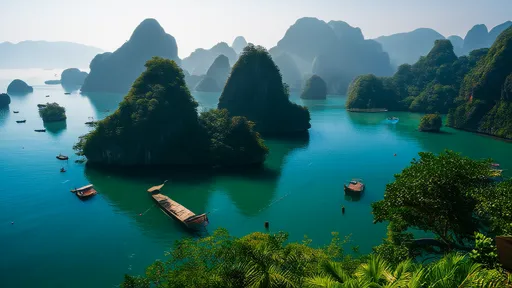
By /Aug 5, 2025
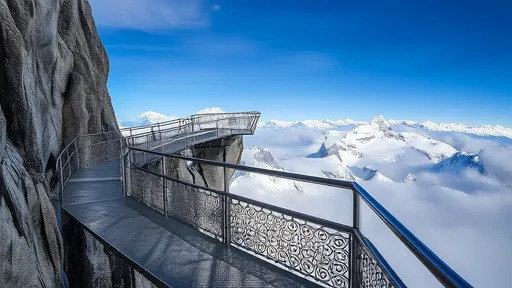
By /Aug 5, 2025

By /Aug 5, 2025
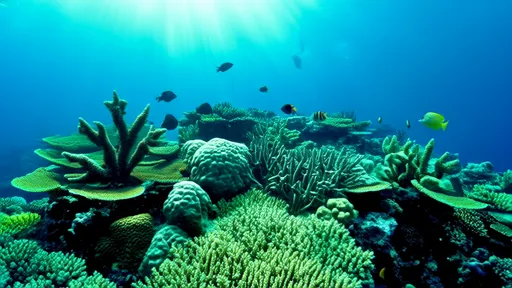
By /Aug 5, 2025

By /Aug 5, 2025
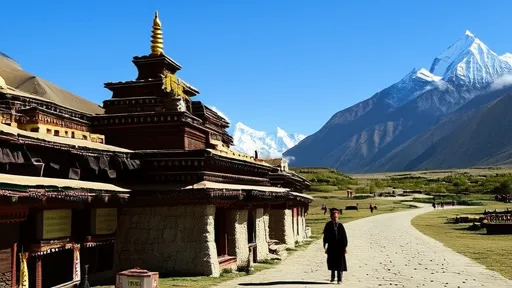
By /Aug 5, 2025

By /Aug 5, 2025
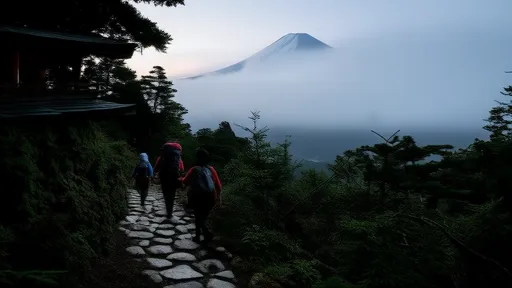
By /Aug 5, 2025
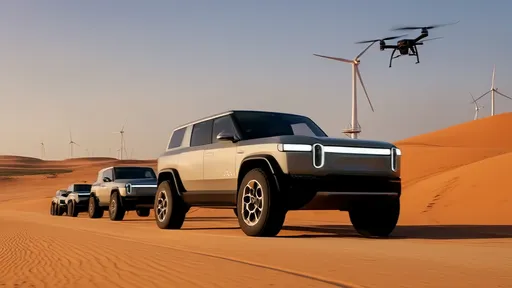
By /Aug 5, 2025
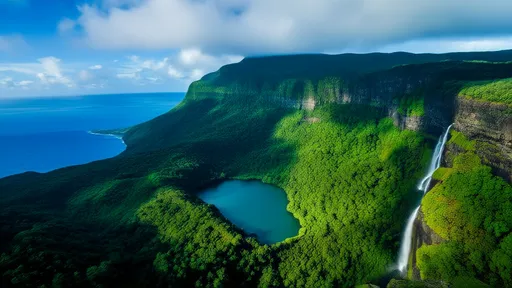
By /Aug 5, 2025
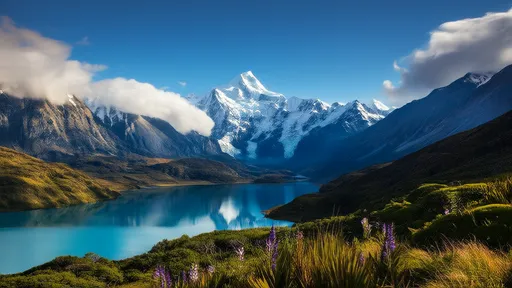
By /Aug 5, 2025
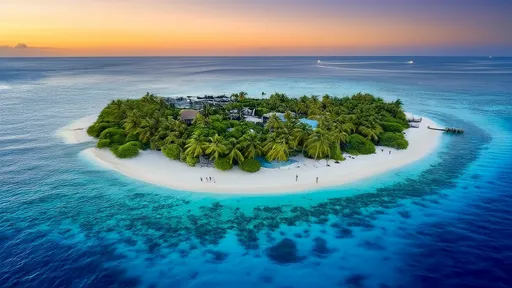
By /Aug 5, 2025
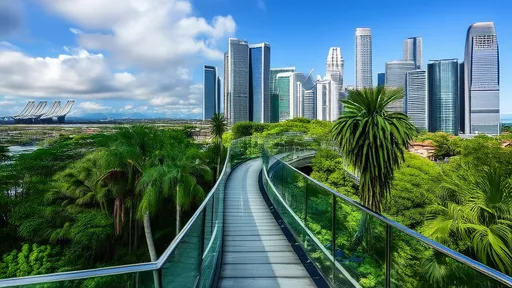
By /Aug 5, 2025
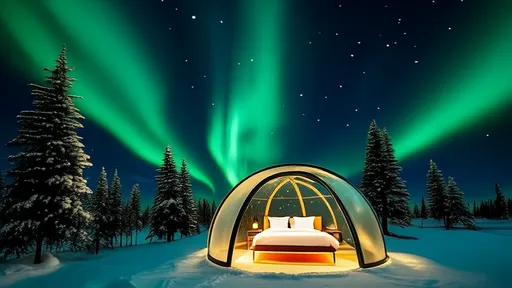
By /Aug 5, 2025
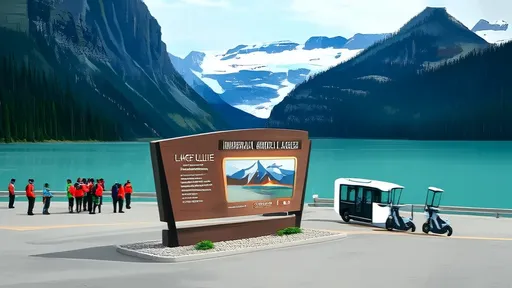
By /Aug 5, 2025
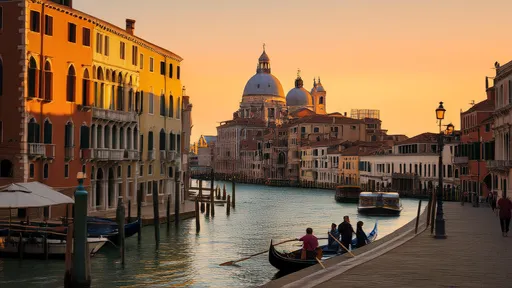
By /Aug 5, 2025
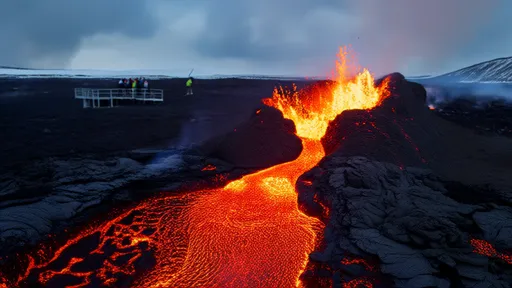
By /Aug 5, 2025
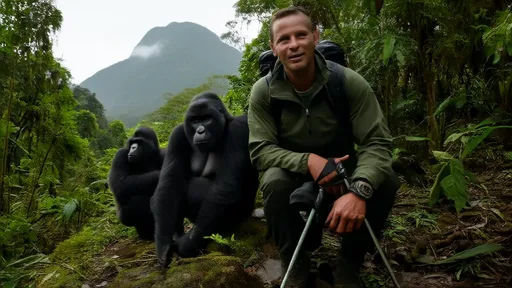
By /Aug 5, 2025